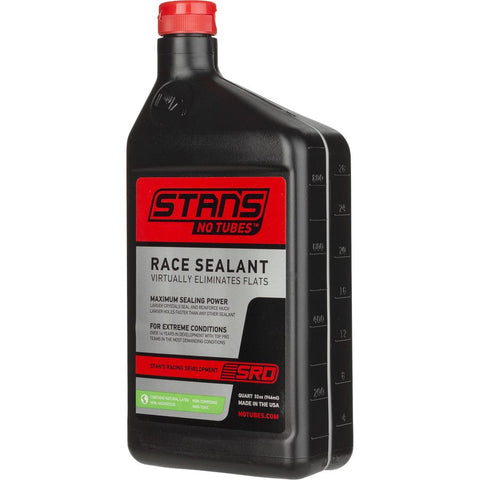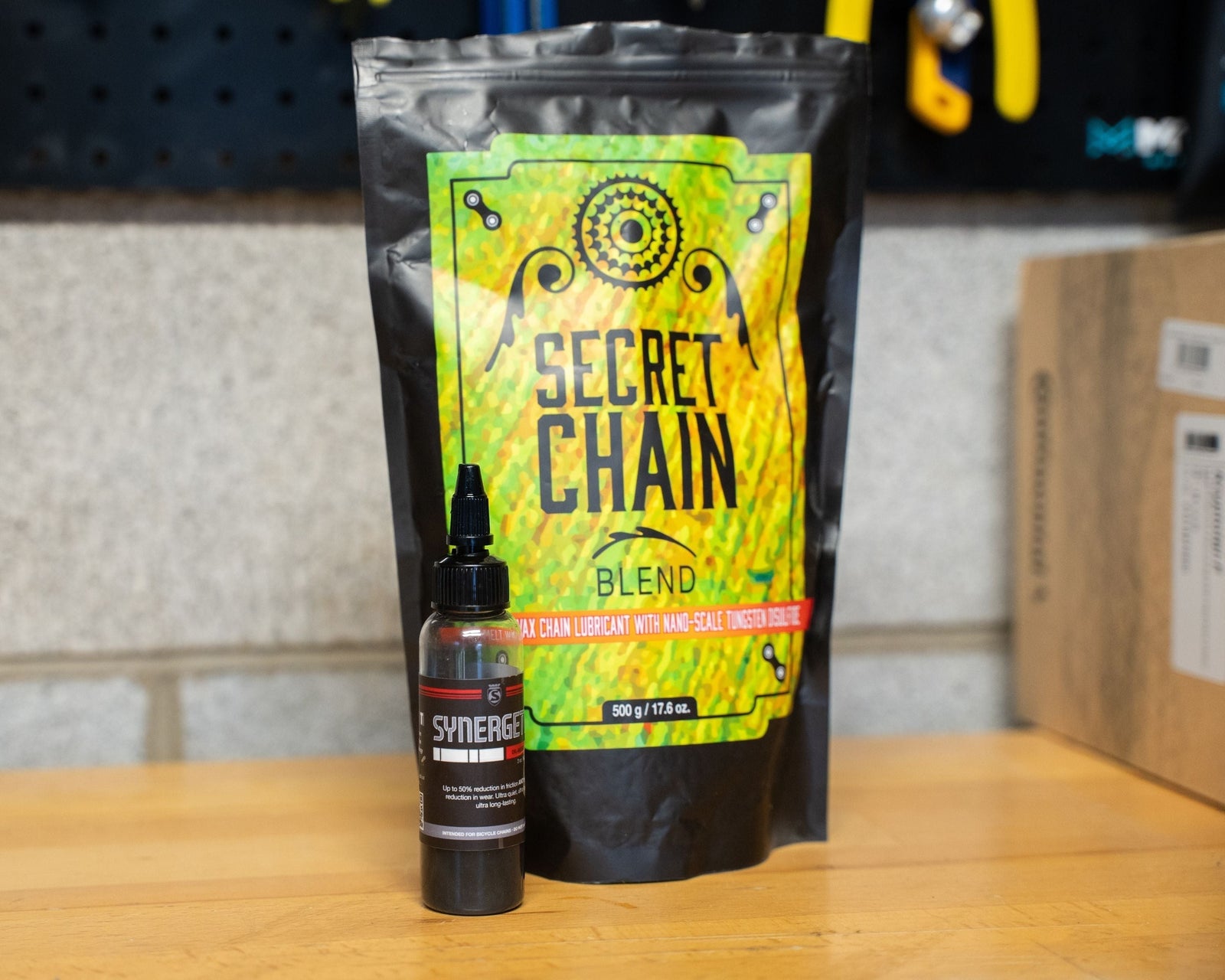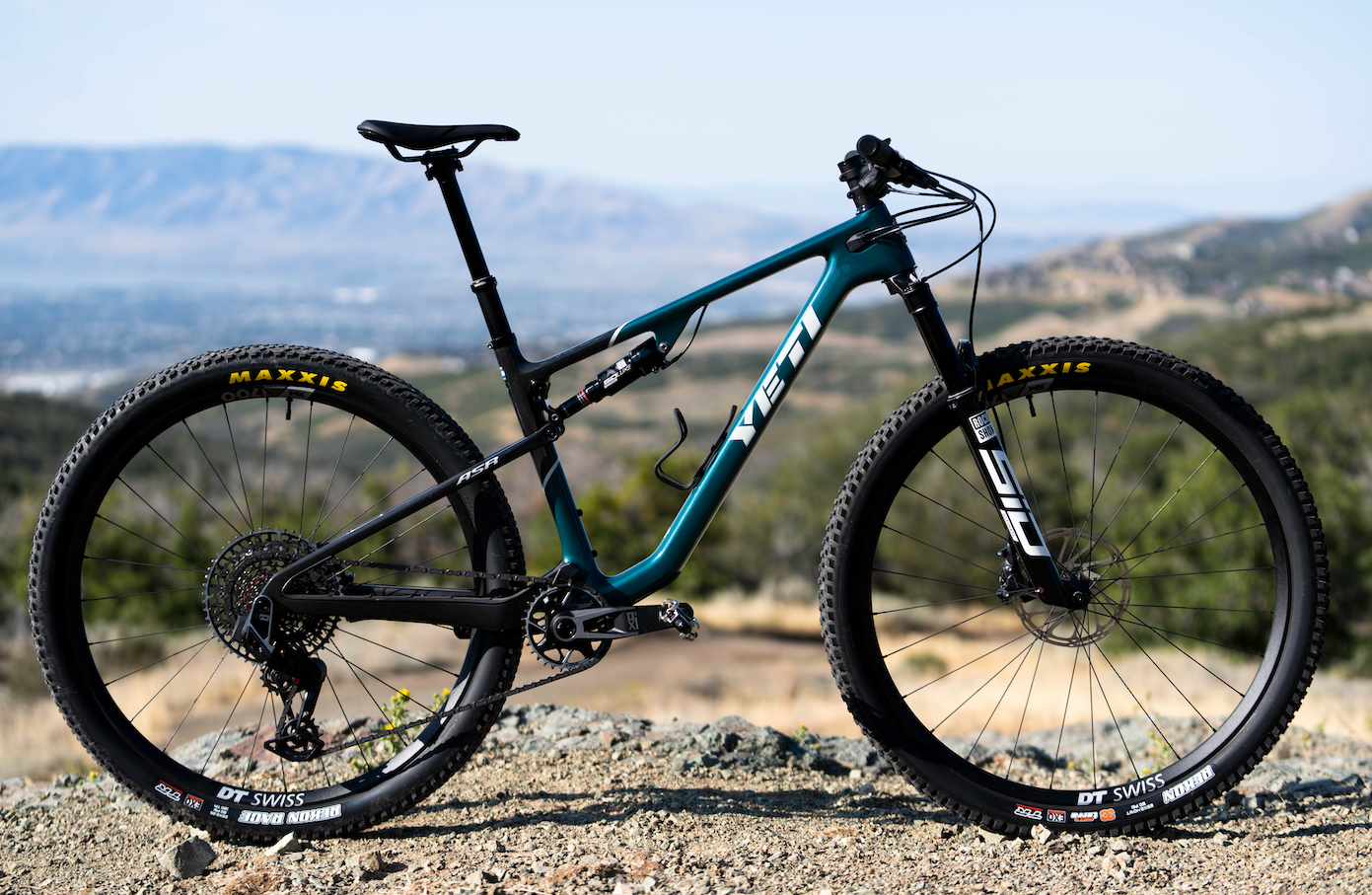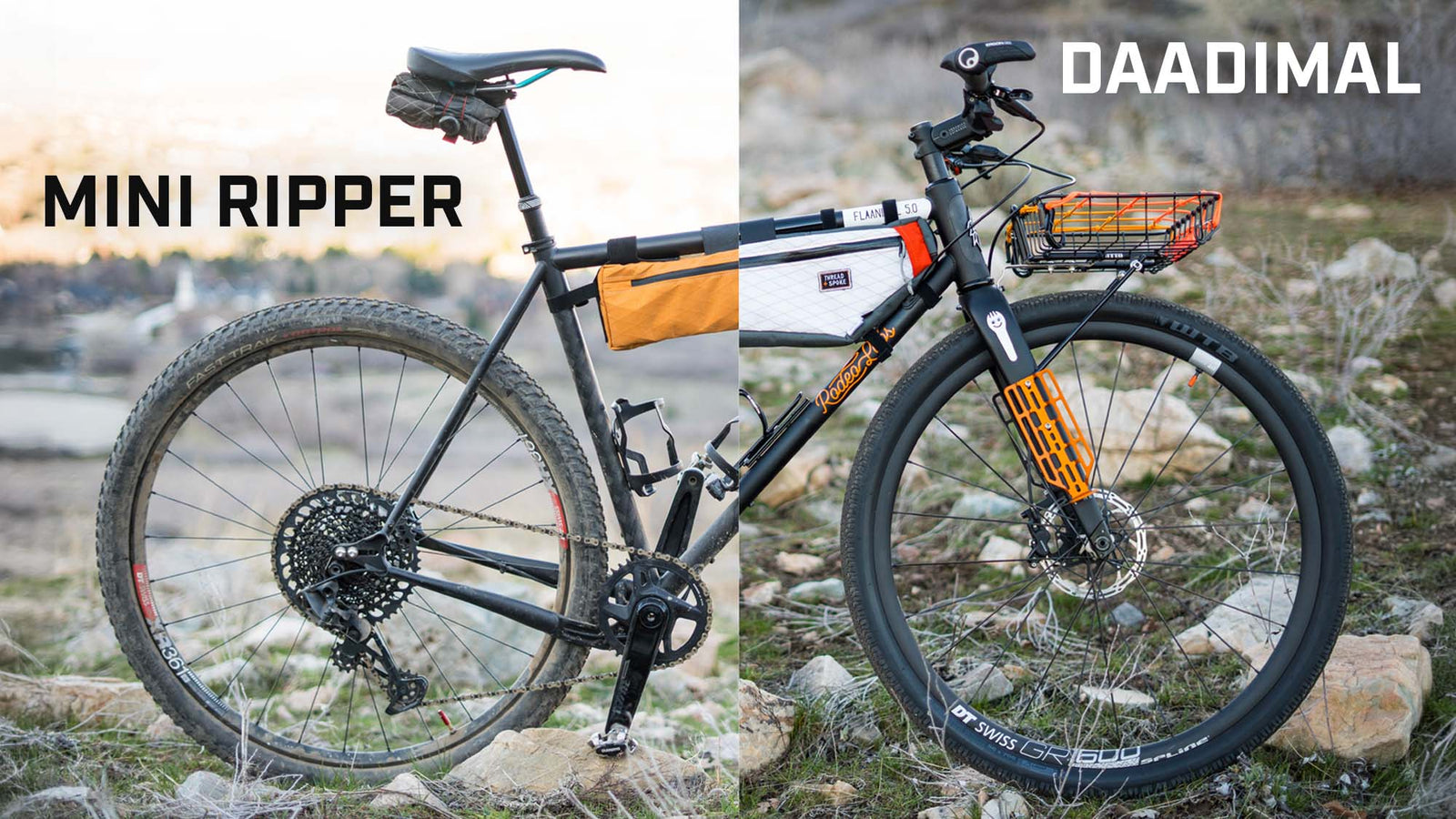SAVE 20% ON ORDERS OVER $45 WITH CODE ‘RACE20’
How Does Tire Tubeless Sealant Work? A Complete Guide
September 28, 2021
It’s hard to believe that tubeless sealant technology, once futile and chaotic, has now become a hot topic of conversation. After decades of questionable utility, messy applications, and limited capabilities, tubeless tire sealant has become a popular topic of discussion for mountain bikers, gravel, and road cyclists alike. If you want to run a tubeless setup, understanding how tire sealant works and how to make the best purchase based on your riding style and needs is crucial.
What is tubeless tire sealant?
A tubeless tire sealant is a liquid that goes inside your tires and automatically works to plug punctures and holes as they come. In most cases, a tire sealant contains material like natural latex that dries and seals inside the tire once exposed to air.
How does tubeless tire sealant work?
While each brand of sealant functions similarly, the key to this technology is the added material contained in the sealant. In some cases, it's latex while in others, it's carbon fiber. No matter the material, the purpose is to suspend the particles and create an adhesive for the sealant to stick to the tire. Then, it becomes possible to adequately clog the puncture rather than letting the liquid easily seep out. Once the area seals, the liquid moves around in the empty space between the tire and the rim, finishing the seal.

The first of the two primary goals of a tubeless tire sealant is to seal the air system and fill minor gaps where the tire bead connects to the rim. Second, a tubeless sealant works to repair holes from sharp objects like rocks or thorns. When a puncture occurs, the sealant spreads to that area and coats the puncture to prevent air from seeping out. The particles in the sealant provide the surface area for the latex to harden and seal, hopefully, before you even notice a puncture occurred.
How to use Tubeless Tire Sealant?
It’s no secret that using a tubeless sealant can be a messy job, however, there are a few different application methods that can help you avoid a potential world of headache and mess.
First, try to use the valve system and a valve core remover to inject the sealant directly into the tire. Since normal sealant has smaller particles, measure out the correct amount, remove the sealant injector, and squirt it through the valve or a premeasured bottle with an injector tip.

If you don’t have the necessary tools to do this or if you use a race sealant with larger than average particles floating in the latex, you can always separate the tire from the rim at a given section and pour it in. In this case, pour it through the open tire while slowly turning the wheel, letting the sealant coat the inside of the tire until complete. Race sealant coagulates quicker, so it can fill larger holes than routine sealant can.
How much sealant do you need?
How much sealant you need often depends on whether you’re setting up your tires for the first time or just topping them off. For new gravel and mountain bike tires, use between four or five ounces. For road bike tires, use around two ounces.
While these are rough measurements, it’s always better to add a little excess rather than not enough. As a general rule of thumb, new tires quickly soak up sealant, so be generous and use double the amount that you would use topping it off.
Best Sealant Choices:

Stan’s Notubes Regular Sealant -
Stan’s Notubes Regular Sealant is one of the most affordable and popular options on the market.

The Black Ox Sealant utilizes a unique formula of carbon fiber threads that elevates the latex sealant. This makes it a good option for riders who don't want to carry a pump with them.

Stan’s Notubes Race Sealant uses twice as many particles as the regular formula to ensure a secure seal, especially for races and special events.

The Orange Seal has a significantly longer shelf and patch life than other sealant options, helping riders go longer between top-offs and repairs.


Also in Journal

Hot Wax vs. Chain Lube
March 13, 2025
If there's one thing every cyclist obsesses over (besides leg hair and donuts), it's drivetrain efficiency and making your bike silent. A clean, smooth-running chain can make or break your ride, and the battle between hot waxing and traditional chain lube is hotter than a mid-July crit race. As someone who has spent too much time in the garage tinkering with my drivetrain, I've tested both methods for years and wanted to share my findings.

Yeti ASR Review: The New Standard for XC Bikes?
September 12, 2024

2 Flaanimals - 2 Staff Builds | Rodeo Labs Flaanimal 5.0 Breakdown
June 20, 2024



